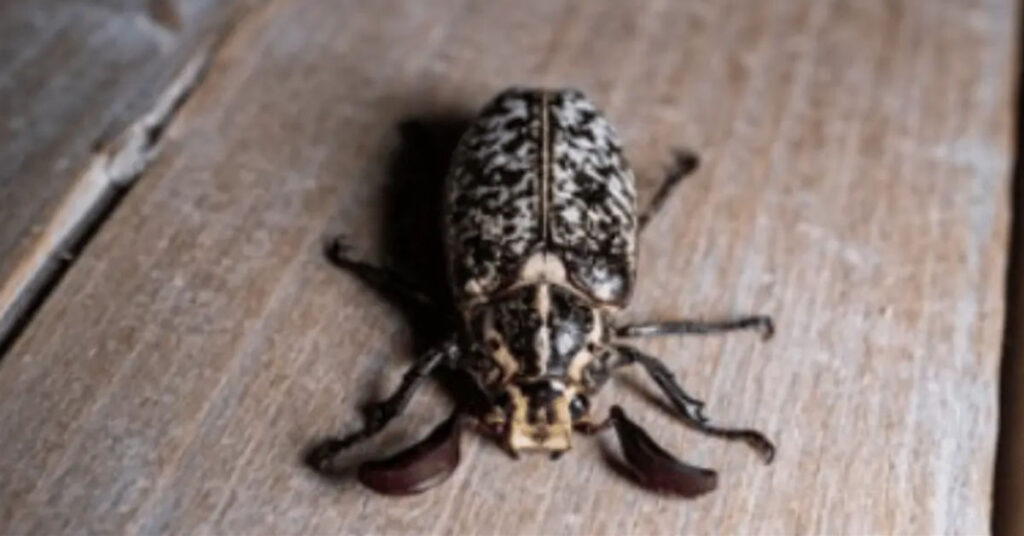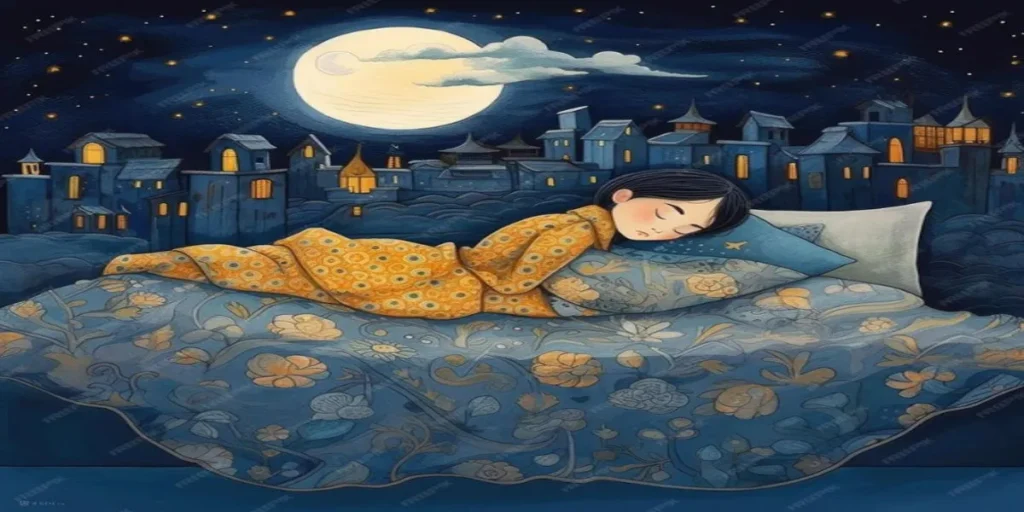Bed bugs – those tiny, blood-sucking pests that send shivers down our spines at the mere thought of their existence. From the annoyance of their itchy bites to the sheer frustration of trying to get rid of them, dealing with bed bugs can be a nightmare. But have you ever wondered how these pesky creatures came into being in the first place? In this comprehensive guide, we’ll delve deep into the intriguing world of bed bugs and uncover the mystery of their creation.
Understanding Bed Bugs
Before we dive into the creation process, let’s take a moment to understand what bed bugs are and why they’re such a nuisance. Bed bugs, scientifically known as Cimex lectularius, are small, oval-shaped insects that feed on the blood of humans and animals. Despite their name, bed bugs can be found in various places besides beds, including furniture, luggage, and even clothing.
The Lifecycle of Bed Bugs
To comprehend how bed bugs are created, it’s essential to grasp their lifecycle. Like all insects, bed bugs go through several stages of development, from egg to adulthood. The bed bug lifecycle consists of five main stages:
- Egg: It all begins with a tiny, translucent egg, typically laid in clusters by female bed bugs in secluded areas such as mattress seams or crevices.
- Nymph: Once the egg hatches, a nymph emerges. Nymphs resemble smaller versions of adult bed bugs but are lighter in color and require regular blood meals to molt and progress to the next stage.
- Nymphal Instars: Bed bug nymphs go through five molting stages, known as instars, during which they shed their exoskeletons and grow larger with each molt.
- Adult: After completing the nymphal instars, a bed bug reaches adulthood. Adult bed bugs are reddish-brown in color, approximately the size of an apple seed, and capable of reproduction.
- Reproduction: Adult female bed bugs can lay hundreds of eggs throughout their lifetime, perpetuating the cycle and leading to infestations if left unchecked.
How Are Bed Bugs Created
Contrary to popular belief, bed bugs don’t simply materialize out of thin air. Instead, their creation involves a series of steps influenced by various factors, including environmental conditions and human behavior. Here’s a step-by-step breakdown of how bed bugs are created:
- Introduction: The creation of bed bugs often begins with their introduction into a new environment. This can occur through various means, such as hitchhiking on luggage, clothing, or secondhand furniture. Bed bugs are notorious for their ability to travel undetected, making it easy for them to infest new locations.
- Establishment: Once introduced into a new environment, bed bugs seek out hiding spots where they can remain undisturbed and access their blood meal hosts. Common hiding places include mattress seams, furniture upholstery, and cracks in walls or floors. As bed bugs establish themselves in their new surroundings, they begin breeding and multiplying rapidly.
- Feeding and Reproduction: With a stable habitat and access to blood meals, adult bed bugs commence feeding and reproduction. Female bed bugs lay eggs in secluded locations, ensuring the continuity of their species. As the eggs hatch and nymphs emerge, the cycle repeats, resulting in a growing population of bed bugs.
- Infestation: Left unchecked, a small bed bug infestation can quickly escalate into a full-blown crisis. Bed bugs are prolific breeders capable of multiplying rapidly under favorable conditions. As the population grows, infested areas become overrun with bed bugs, leading to increased biting incidents and a higher risk of spreading to adjacent spaces.
- Human Factors: Human behavior plays a significant role in the creation and spread of bed bugs. Factors such as frequent travel, inadequate sanitation, and lack of awareness can contribute to the introduction and proliferation of bed bug infestations. Additionally, delays in detection and treatment can exacerbate the problem, allowing bed bugs to flourish unchecked.
Preventing Bed Bug Infestations
While the creation of bed bugs may seem like a daunting prospect, there are steps you can take to prevent infestations and minimize the risk of encountering these unwelcome guests. Here are some practical tips:
- Inspect Secondhand Items: Before bringing secondhand furniture, clothing, or luggage into your home, thoroughly inspect them for signs of bed bugs, such as dark spots, shed skins, or live insects.
- Practice Good Hygiene: Maintain a clean and clutter-free environment to reduce hiding places for bed bugs. Regularly vacuum mattresses, furniture, and other potential harborage sites to remove eggs and nymphs.
- Be Vigilant While Traveling: When staying in hotels or accommodations, inspect the mattress, headboard, and luggage rack for signs of bed bugs. Keep luggage elevated and away from the bed to prevent hitchhiking bed bugs from stowing away.
- Seal Entry Points: Seal cracks and crevices in walls, floors, and furniture to prevent bed bugs from gaining access to hiding spots. Use caulk or sealant to fill gaps and cracks, particularly around baseboards, electrical outlets, and plumbing fixtures.
Conclusion
The creation of bed bugs is a fascinating process driven by mating, egg-laying, and development through various life stages. Understanding the lifecycle and factors contributing to their proliferation is crucial for effective prevention and control.
By taking proactive measures such as regular inspection, vacuuming, and sealing cracks and crevices, homeowners can reduce the risk of bed bug infestations. Additionally, seeking professional pest control services can help eradicate existing infestations and prevent future problems.
While bed bugs may seem like formidable adversaries, armed with knowledge and vigilance, we can minimize their impact and ensure a good night’s sleep free from unwanted visitors.


